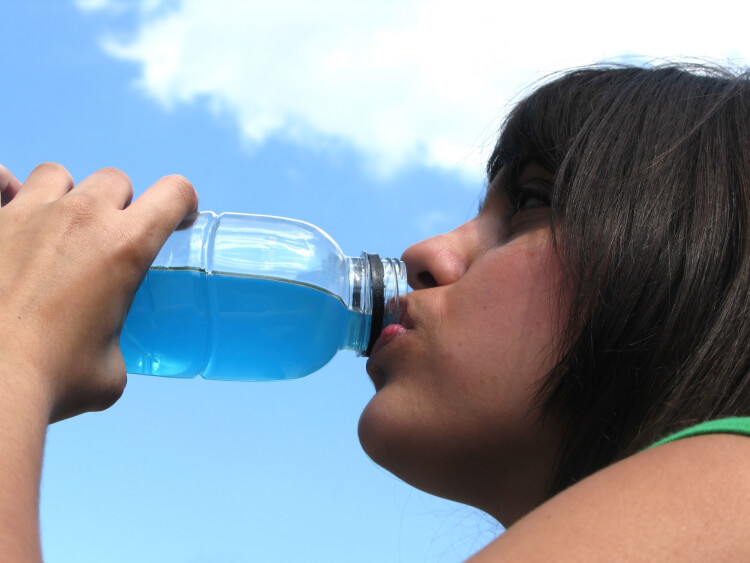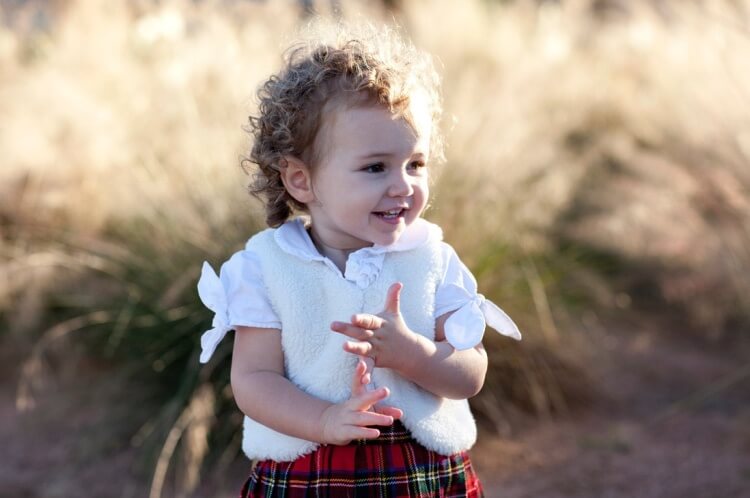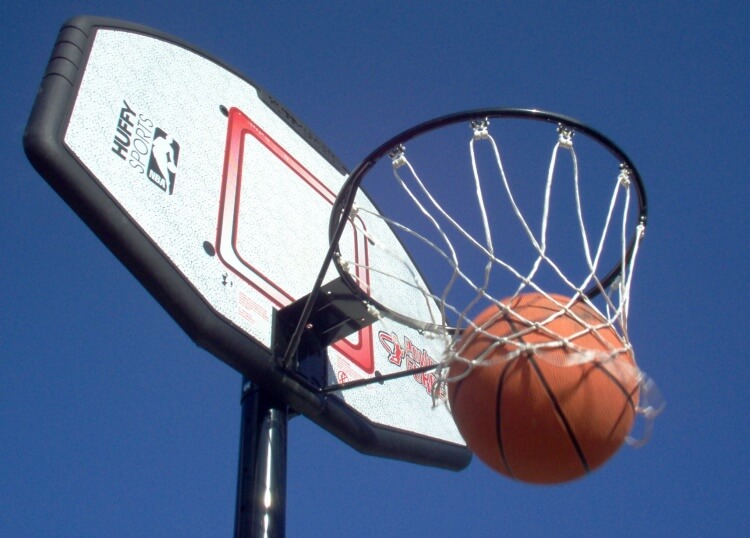As we sat down to write about this month’s topic of drugs and alcohol awareness, we decided to examine it through a different lens than the typical approach. Rather than examine drug and alcohol issues and their potential harmful effects, we decided to look at a potential harmful substance that is readily available in our society. The substance we chose to focus on was caffeine, and more specifically to examine the effects of caffeine that is found in energy drinks that are readily available to our students.

In this day and age, we are probably all familiar with the vast array of brand name energy drinks in stores and vending machines. They are advertised widely through television, the Internet and a variety of other advertising outlets. Energy drinks with names that evoke thoughts of high risk adventures and dangerous excitement, are often marketed as products that will increase one’s overall awareness, sharpen focus, and of course, provide much needed energy to succeed at what one is doing. These energy drinks are sometimes also referred to as sports drinks; obviously intended to lure athletes to purchase them.
The promise of added energy and alertness to a fatigued athlete or a tired student aspiring to get the edge is appealing. However, a closer examination of the ingredients in these products, specifically the caffeine, reveals that energy drinks also have potential negative effects on one’s body. Therefore, in this article we aim to:




